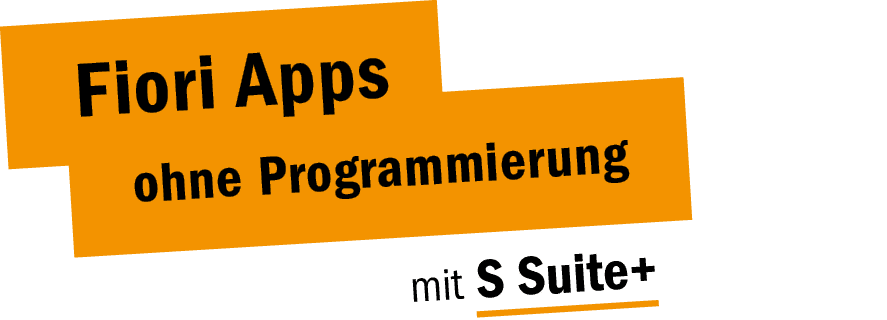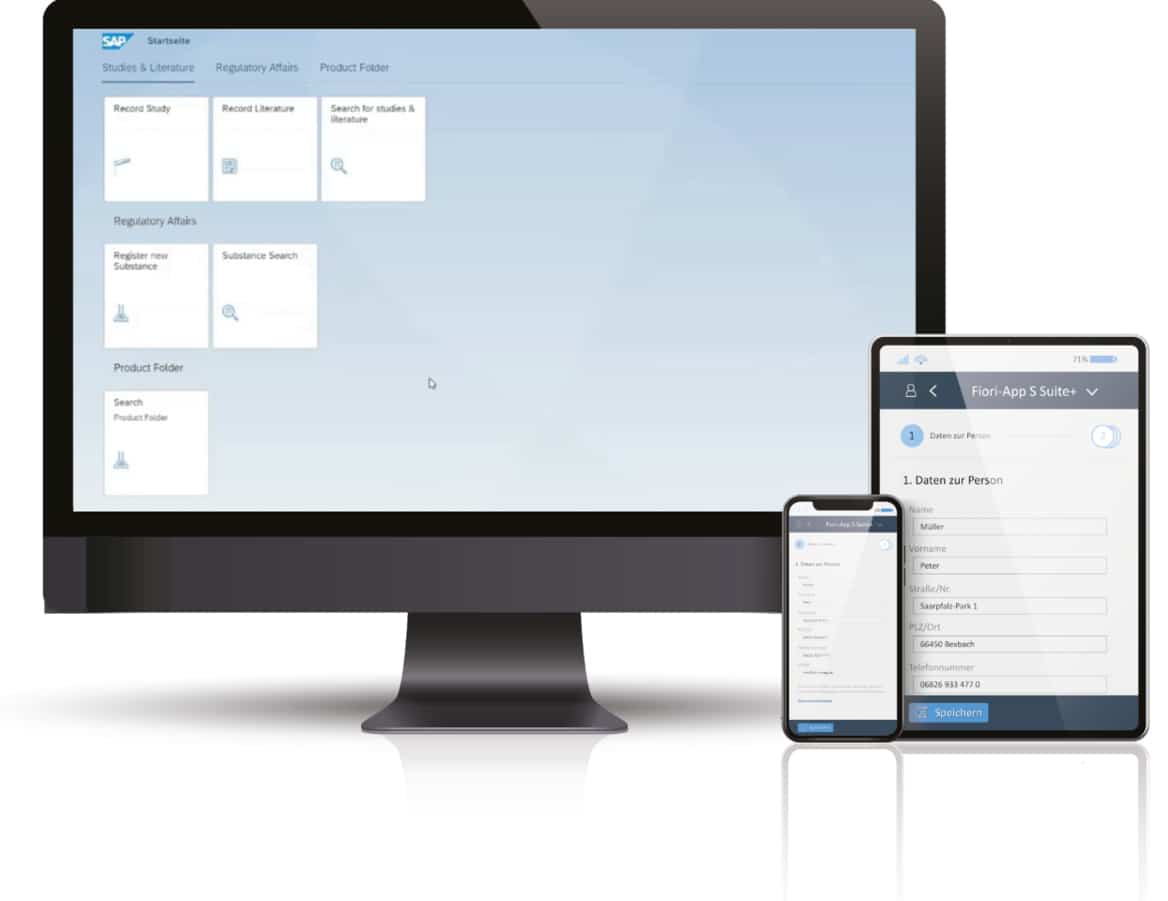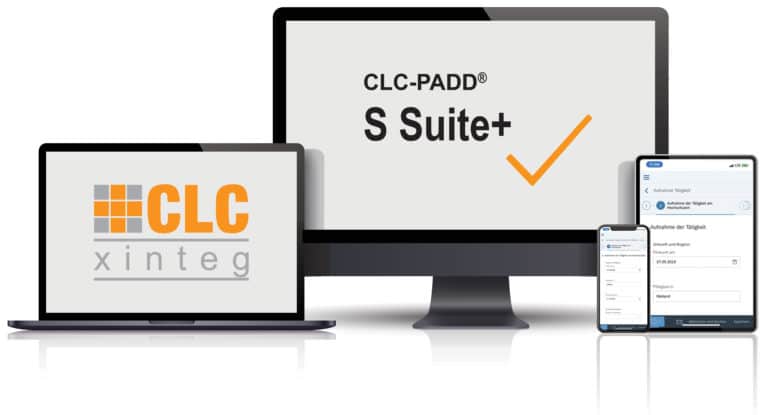The digital application process
Why digital application processes are not innovative but mandatory
Especially in the wake of the coronavirus crisis and the associated contact restrictions, the need for digitalization has become even more certain in many areas. Applications, for example, are still very important in every area of the company. Mapping these processes digitally directly in the ERP system saves time, costs and nerves.
Forms are used not only in the application process, but also when assigning authorizations for a system or when applying for technology. Many companies also use approval workflows for leave requests. In practice, however, every application process can be mapped digitally. The principle: the applicant fills out a form and the authorized counterpart approves the request - ideally in a timely manner. Downstream processes then continue to work with this data automatically.
The quality of the data to be collected plays the biggest role
Applications for parental allowance, applications for subsidies for home ownership or applications for financial support for self-employed entrepreneurs during the coronavirus crisis: Anyone who has ever come into contact with the forms required by public authorities has been confronted with a rather detailed application system. Especially where there are many fields to be filled in or many pages containing many different questions, there is a great risk of error-free data entry. The data entered on the complex forms can either not be filled in correctly or not completely.
However, there is also a risk to data quality on the recipient side of the form during processing. Electronic procedures simplify such a process considerably because, on the one hand, it is possible to control which data the person entering the application has to fill in. This means that only the fields that are really necessary are displayed on the form. And on the other hand, the recipient has the support of not having to enter the data into the system first, but being able to continue working with it straight away - an enormous time and therefore cost saving. Clarifying queries can also mean long waiting times when processing applications, which can bring the entire process to a standstill. The productivity of application processing could be increased by up to 40 percent with the help of electronic procedures.
The application as a PDF or Word document has had its day
Different file formats also play a role in applications. Depending on which software the user uses, they can only open and complete certain file types. The PDF format that has become established in the course of application processes is now just as outdated as a Word document. Although these documents can be scanned and, if necessary, stored in a file including text recognition, the data is not automatically structured in the database, but only added as an attachment. This means that manual transfer would again be necessary in order to be able to continue working with this data in a meaningful way in the subsequent process. With automatically recorded data, this step is bypassed and the data can be systematically and process them further.
Sophisticated usability reduces technical hurdles on all sides
With modern web applications such as the CLC-PADD® S Suite+ the difficulties of processing applications can be avoided on both sides. For example, young applicants in particular, who are already growing up with smartphones and tablets, no longer want to send their cover letter by post. Web applications not only make all processes available on the desktop PC in the browser, but can also be displayed responsively on any end device. An intuitive web application therefore reduces the hardware and software requirements and makes it easier for all users. Equally simplified is the
Definition of a new application form, as the requesters in the individual departments can participate much more easily in the configuration of the application forms themselves. This even gives the department the opportunity to actively participate in the definition of the application. In concrete terms, this means that programming is not necessary, only the configuration of the masks is required. This ensures a noticeable reduction in costs for both the IT department and the specialist departments thanks to the time saved.
Transparent configuration options and simplified approvals
The most important advantage of these web apps is therefore the universal, user-defined configuration. Fields to be filled in can be named and controlled in the same way to guide the application process digitally. If "Field A" is filled in, "Field G" must then follow. This makes it easy to make the settings in the system and generate a completely new form, which means that no development work is required at this point.
The application scenarios can also be tailored to the respective end user groups. For example, an application for department A could contain different fields than the application for department B. Individual configuration is also an advantage for the respective clerks, as only the really relevant information can be displayed. Application and follow-up processes are therefore perfectly supported - and only on the basis of the data in the application, which in the course of the data minimization of the GDPR may be passed on, processed and used at all.
An approval workflow can also be integrated, for example the dual control principle: if two people approve the application at the click of a mouse, it is considered official and legally signed. If it still needs to be signed by hand, the application data can still be printed out as a PDF for signing afterwards - either to send the original document by post or as an electronic copy. PDF in the web form to attach.
Digital application processes are becoming increasingly important
Digitally mapped application processes are becoming increasingly important, and not just in public administration and authorities, where applications of varying complexity are part of day-to-day business. Companies in the business sector are also increasingly looking for a targeted support option for general data capture. The goals are usually the same: to ensure the highest possible level of data quality while making it as easy as possible for the user to capture this data. This makes it all the more important to link the application processes with a direct connection to the in-house SAP system and thus also to map the further processing of the recorded data centrally. All process steps, such as the approval workflow or the addition of additional data required by a department, can be implemented quickly and easily using the CLC-PADD® S Suite+ web application. All information that needs to be added to a data record at a later date can be added using an additional, easily configurable form.




